5 Similarities Between Swim Lessons and College Swimming
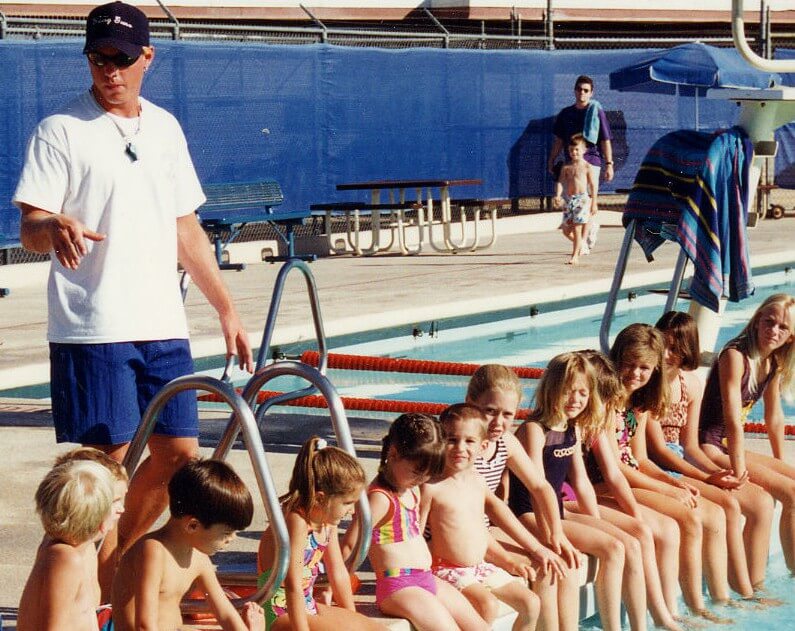
By Allison Pierce, Swimming World College Intern
It’s that time of year again–college kids are coming home and looking for summer jobs. Many collegiate swimmers, including myself, choose to teach swim lessons for the summer. While the approach to teaching a beginner who’s never seen the water may seem completely different from working with an experienced college swimmer, in just a few days of teaching swim lessons, I have already seen many similarities.
1. Create a positive environment.
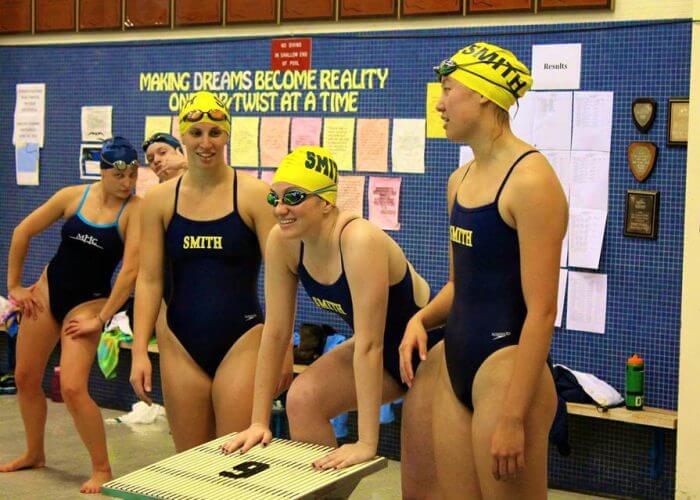
Photo Courtesy: Erin Walch
Regardless of the age or experience, encouragement from others is important. Whether it’s giving a child a high five after their first successful back float, or encouraging a teammate to push through that last pace 50, positivity can go a long way.
2. Keep it fun.
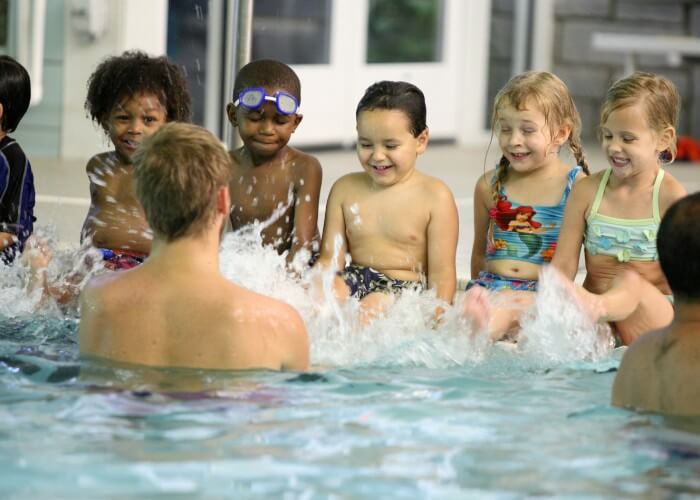
Photo Courtesy: Pawel Loj, Flickr
When teaching swim lessons, it’s important to keep it fun. Something as simple as letting the kids get a free jump at the end of the lesson will keep them happy and wanting to come back. However as we get older, swimming tends to get more serious. A friendly “I won!” to your teammate after a 25 breaststroke turns highly competitive when your best friend takes the spot you wanted on the ‘A’ relay. Even in college, it’s important to maintain the fun element as swimming gets more serious because it helps keep swimmers content and in the sport. One way to do this is to incorporate a relay at the end of practice, where each member swims their weakest stroke. Everyone will still be working hard, but it helps keep the energy fun and light.
3. Make it challenging.
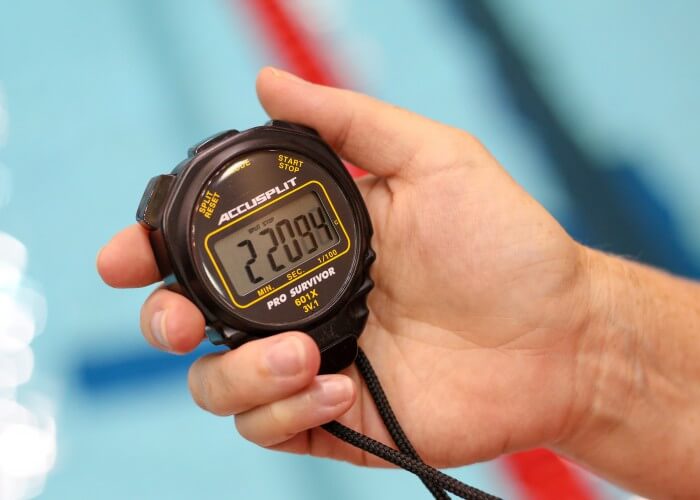
Photo Courtesy: Kevin Liles-USA TODAY Sports
Another important component of swimming is the challenge. This is a little easier to identify in college swimmers than kids in lessons. As collegiate swimmers, we are generally good at understanding when something is easy, and when something is difficult. Instead, it is more about embracing the challenge rather than taking the “easy way out”. This could include stepping up to a five second faster interval, or doing six dolphin kicks off of the wall instead of three.
Providing a challenge to kids in swim lessons is equally as important. If a child can float on his or her own, then let them. Push them to grab a ring from a deeper point in the pool if you think they’re capable of doing so. This will allow them to progress faster than if they are always kept at the same level.
4. Include bonding.

Photo Courtesy: Cathleen Pruden
No matter what the age or level, swimmers need interaction with one another. A lot of this can happen outside of the water. For instance, a few of the kids I work with go to the park together after their lesson. This allows them to get to know each other better, and be more comfortable swimming in the same lesson.
The same principle can be seen in college swimming. Team bonding is important because understanding what makes each teammate similar and different will aid in success. Just like in swimming lessons, bonding will help college swimmers be more comfortable training with their teammates and putting forward effort for their teammates.
5. Focus on technique.
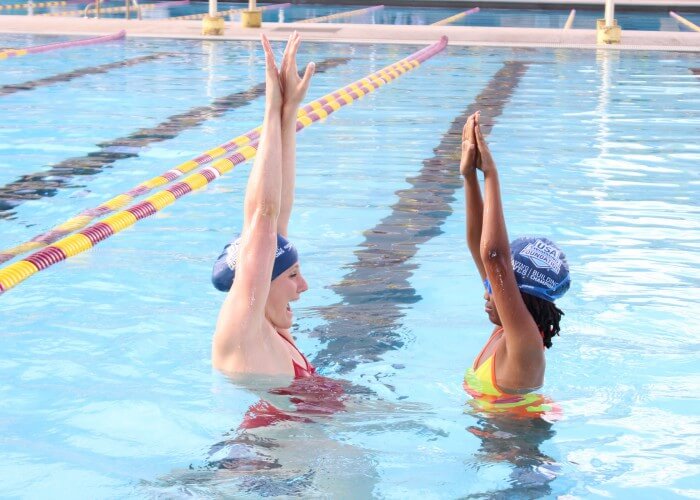
Photo Courtesy: Taylor Brien
Obviously at a young age, technique work is very important. Teaching and reinforcing the proper skills early on will allow beginners to use those same skills when they are older. However, learning does not stop once a child knows all four strokes. Even experienced collegiate swimmers need reminders like keeping their elbows high in freestyle or keeping their knees tucked in a flip turn.



